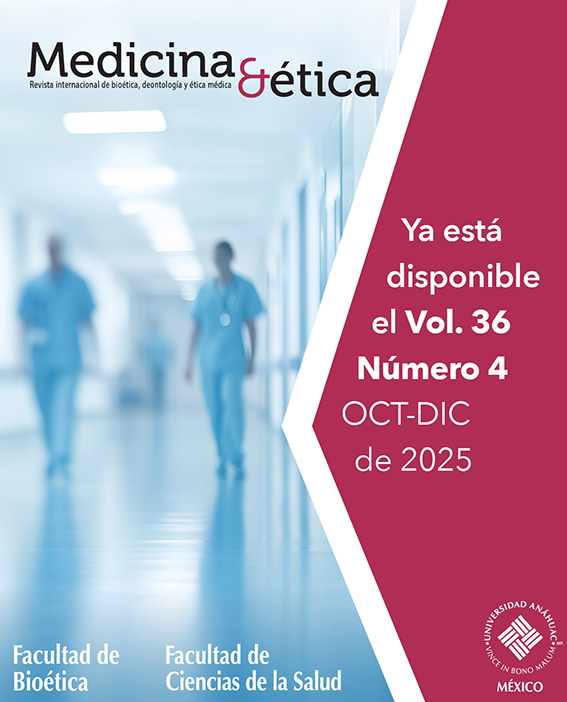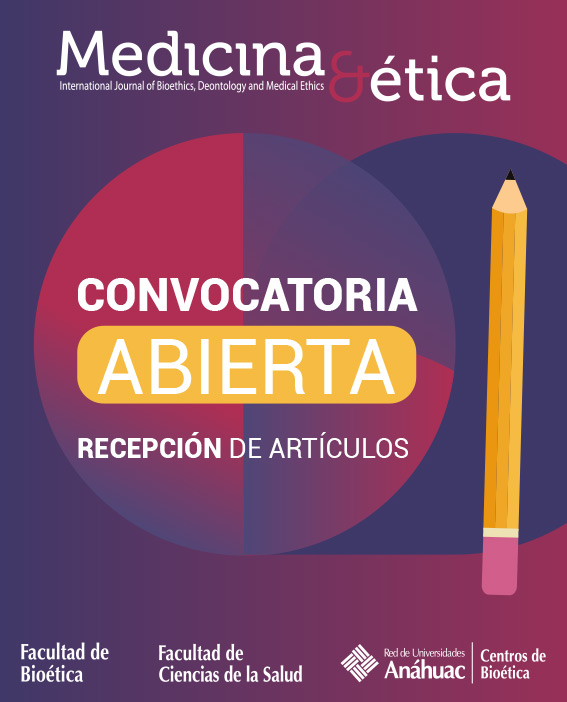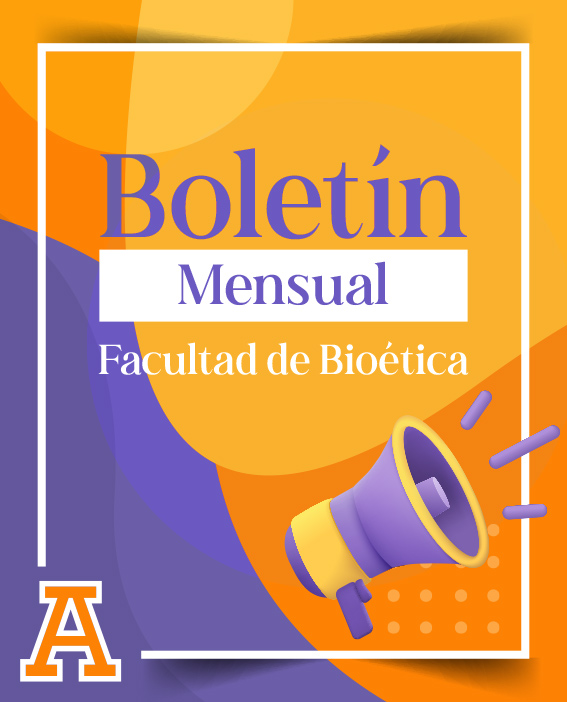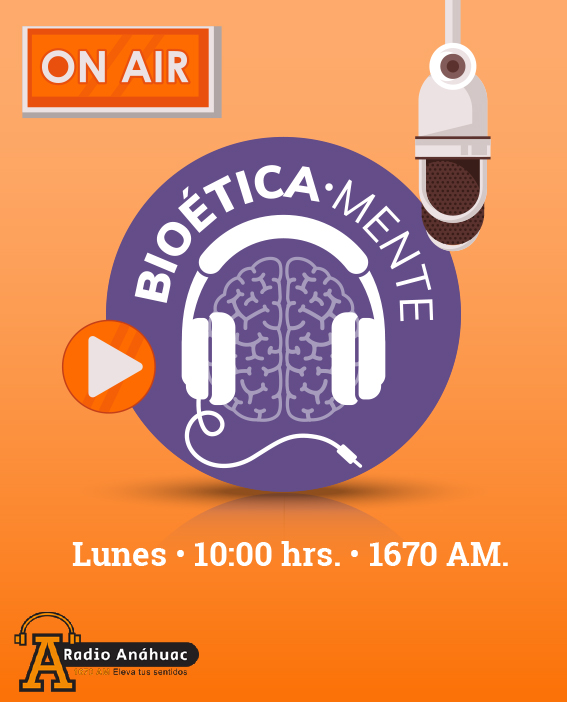
During this event it was highlighted that this declaration adheres to the concept of human dignity more than the dignity of the person, as well as the inalienability and infinity of human dignity.
On April 19, 2024, the Presentation of the Dignitas Infinita Declaration took place in the University Pastoral Auditorium of the Universidad Anáhuac México North Campus, an event that was attended by Dr. Jorge Eugenio Trasloheros Hernández, professor-researcher at the Institute of Historical Research of the National Autonomous University of Mexico (UNAM); Dr. Giampiero Aquila, from the Center for Advanced Social Research (CISAV); Dr. Rossana Stanchi, from the AVSI Foundation, and Dr. Luis G. Meléndez, from the Mexican Institute of Christian Social Doctrine (IMDOSOC).
After presenting the profiles of the guests, the panel opened with the question “What are the fundamental elements of the Dignitas Infinita declaration that are linked to Christian life, experience and commitment?”
Dr. Trasloheros mentioned that human dignity is a “seamless robe” (referring to the robe of Jesus Christ, which was in one piece), since it lacks preferences, in addition to being an inalienable and constant element in the person under all types of contexts or situations.
Dr. Aquila said that the fundamental element that he highlights is the distinction of ontological, moral and social dignity, which is why he considers that this document is a starting point to be able to reflect on who man is.
Dr. Stanchi highlighted the long path that has involved coming to understand the infinite value of human dignity and human rights since the Greek philosophers, until their Universal Declaration in 1948.
While Dr. Meléndez assured that the declaration can be divided into two blocks: one that includes a theological anthropological foundation, and another that includes practical theology. Exemplifying how this declaration adheres to the concept of human dignity more than that of the dignity of the person, and about its inalienability and infinity.
For the second round, the following question was asked: “What specific elements of the Dignitas Infinita declaration would you like to highlight?”
Dr. Trasloheros recognized dignity as something internal and characteristic of the human being, which cannot be considered a status that can be granted or that can be withdrawn. On the other hand, he stated that reason is capable of discovering human dignity.
Dr. Aquila ratified the meaning of the first two words of the declaration: when talking about the paradox that exists of applying infinite dignity to a finite being like man: “Where does my dignity fit?”, to which he responded : “The human being is finite because he is located in time, space and person, but there is a point of infinity in which we discover ourselves as limited beings, concluding that the law recognizes and protects our dignity, but does not grant it.
At the same time, Dr. Stanchi emphasized the end of the declaration, which mentions that each individual person and human community has a task: the concrete and effective realization of human dignity.
Dr. Meléndez cited number 53 of the declaration, which establishes that every human being, regardless of their condition, receives their dignity by the very fact of being wanted and loved by God.
Finally, there was a space for questions from the audience, where the guests presented their points of view, enriching all attendees in an academic and humanistic way on the topic of this declaration.
Watch the full session here
More information:
MPSS Inés Marquina | MPSS Marcial Cabrera
Facultad de Bioética
bioética@anahuac.mx







